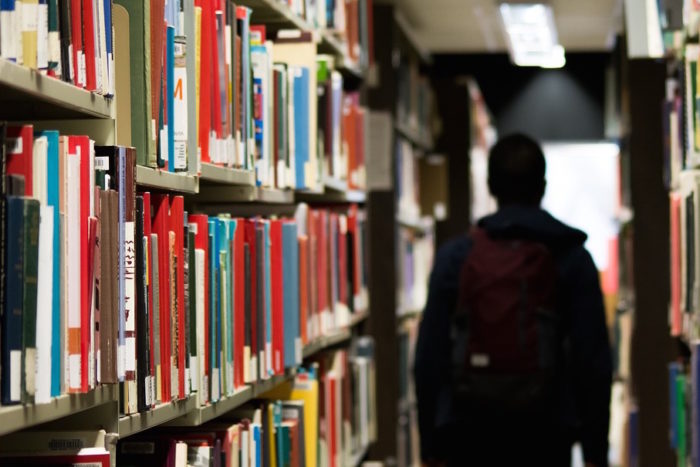
A recent Stanford study found that, of the nation’s biggest cities, Seattle has the fifth largest test score gap between black and white students in grades 3 through 8. According to the study, African American students in Seattle are 3.5 grade levels behind their white peers. Our city and state should be rightfully concerned.
However, in order to make sense of this achievement gap, it is important to understand the relationship between standardized tests, race, gentrification, and poverty in Seattle.
Economic and racial inequalities are intimately connected to standardized test scores. Such tests are notorious for reproducing race and class inequalities, and it has been well established that standardized test scores correlate most strongly with wealth and affluence. Indeed, factors outside of school — including food insecurity, housing insecurity, lack of adequate healthcare, exposure to environmental toxins and other issues associated directly with poverty — can explain most of a student’s test score.
This connection between socioeconomic class and standardized tests is important because Seattle has changed. Seattle has gotten Whiter and more affluent in recent years. In 2013 Seattle was 67 percent White, an almost 2 percent bump from 2010. In 2014 Seattle’s median household income was $71,000, almost 20 percent above the national average.
However, despite Seattle’s increasing wealth overall, Black families have gotten poorer. The Seattle median household income of Black Families in 2014 was only $25,700, down 13.5 percent from 2012. Black families are leaving the city too. The Central District was almost 80 percent African American in the 1970s, and it has decreased to 20 percent today. Many south suburbs now have a higher percentage of African American residents than Seattle’s 7.9 percent.
The decrease in Seattle’s African American population along with the sharp decrease in Black household income signals the likelihood that, in the face of rapid gentrification, Seattle’s Black middle class is leaving the city. One result is that the middle class Black children who would have scored somewhat better on the tests have left too. Another result is that the those African American children still in the city are even more disproportionately poor, where 42 percent of Black people in Seattle under the age of 18 live in poverty.
Given all of this, a significant Black/White test score gap in our city should not surprise anyone. Poverty and unequal access to resources are the one thing standardized tests are good at measuring.
I know from personal conversations that a lot of educators and parents are trying to make sense of Seattle’s test score gaps. Some say it is the fault of teachers. Some fault the state legislature for not meeting their constitutional mandate to fully fund education. Other culprits include district discipline policies and a curriculum that is alienating and not relevant to our kids.
All of these factors do have some responsibility. The recent destruction of alternative schools and programs with social justice, anti-racist curriculum demonstrate Seattle Public Schools’ resistance to materially support content aimed at connecting to the identities and lives of Black children. Teachers need to have a stronger and more critical racial consciousness. The state legislature has failed to fully fund public education funding for years now. Our district discipline policies and practices have consistently produced racist outcomes.
These are all issues we could and should take up if we are interested in improving Black student achievement in Seattle schools. We could implement culturally relevant curriculum and support it with well-funded training and resources, develop stronger and more critical racial awareness among teachers, staff, and administrators, increase the numbers of school counselors, psychologists, and family support workers, end punitive and racist disciplinary policies and practices, push the legislature for full funding, reduce class sizes, ensure access to more art, P.E., librarians, and recess and longer lunch periods.
All of these suggestions would go a long way to making schools more engaging and better places to learn, and they are all changes that can happen relatively quickly. However, if policymakers are interested in educational equity, instead of focusing on the Black/White test score gap , which is an overly-narrow and inherently flawed measure of achievement, they would do better to take issues like affordable housing, food security, access to quality healthcare, and living wages as seriously as any educational reforms they might propose.

